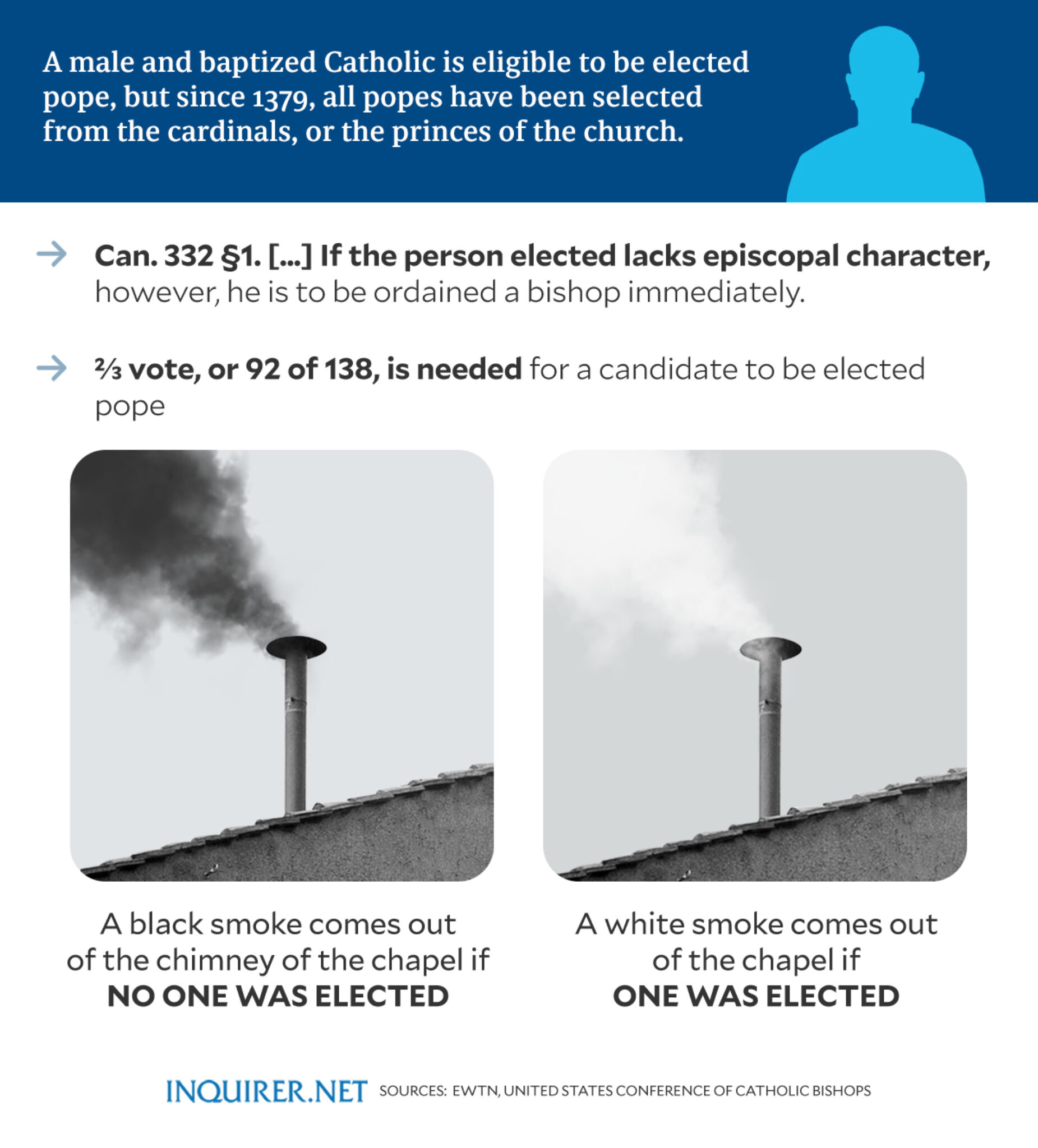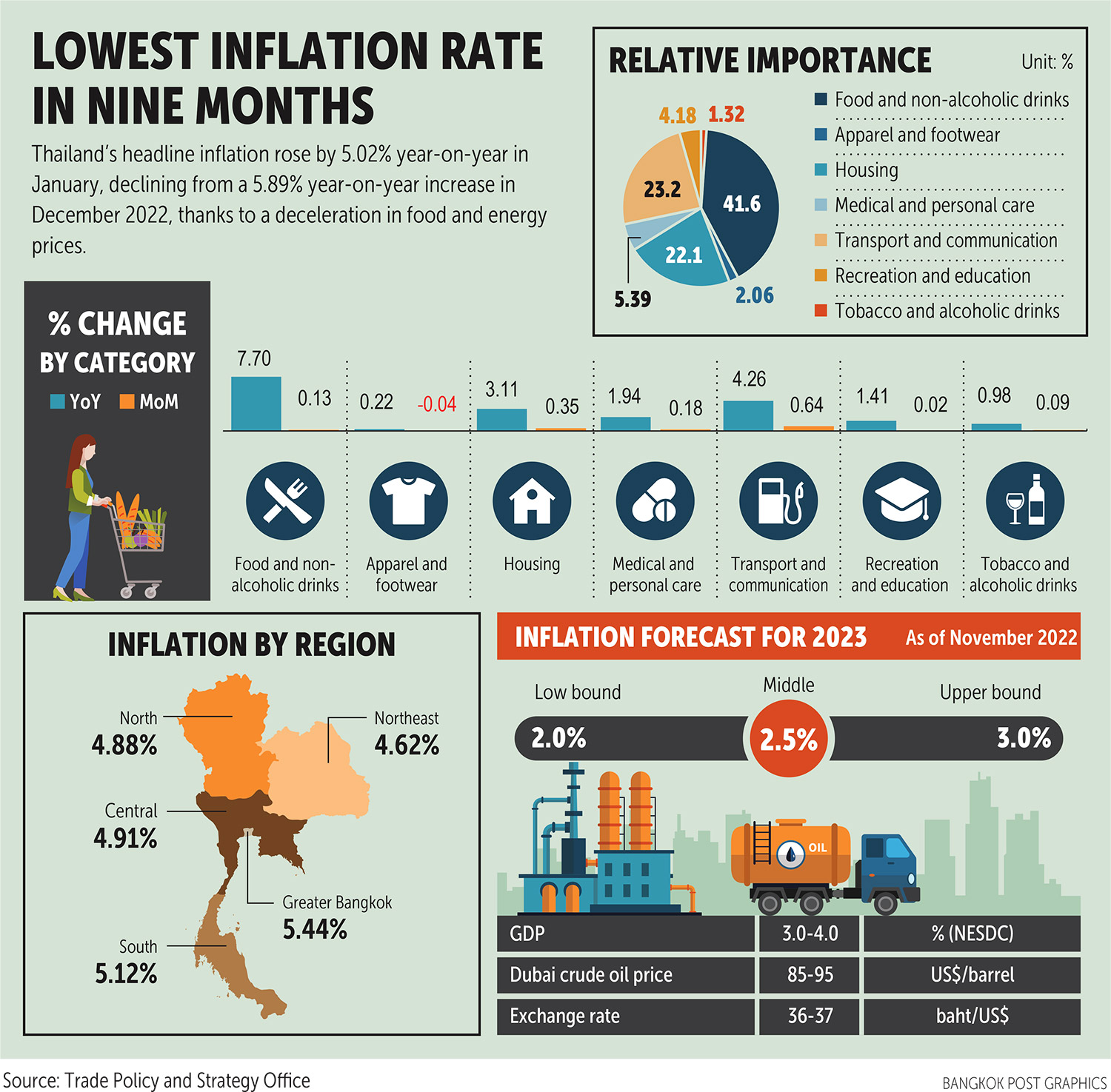A Conclave Explained: The Process Of Selecting The Next Pope

Table of Contents
The Death or Resignation of a Pope and the Announcement
The process begins with the death or resignation of the reigning Pope. Upon the death of the Pontiff, the official announcement of the sede vacante (vacancy of the Holy See) is crucial. This initiates a series of carefully orchestrated events. The Camerlengo (Chamberlain), the highest-ranking Cardinal, assumes temporary administrative authority.
- Verification of Death: The Pope's death is rigorously confirmed by his personal physician and other medical professionals.
- Informing the World: The official announcement is made public, usually by the Camerlengo, often followed by a period of mourning and prayer.
- Preparing for the Conclave: The Camerlengo oversees the preparations for the conclave, ensuring the smooth transition and the logistical arrangements for the cardinals' arrival.
The resignation of a Pope, a relatively modern development, follows a similar procedure, though the announcement and subsequent actions might vary slightly. The key is the prompt and orderly transfer of authority.
The Gathering of Cardinals
Eligible cardinals, those under 80 years of age, are summoned to Rome. Their journey to the Vatican marks the start of a period of intense anticipation and solemn reflection. The cardinals are confined within the Vatican walls, ensuring the secrecy and integrity of the process. This isolation is crucial to prevent outside influence or pressure. "Conclavists," individuals tasked with ensuring the cardinals' well-being and facilitating their communication, play a key role during this period.
- Cardinal Travel and Security: Travel arrangements are handled discreetly; security is extremely tight throughout the cardinals' journey and stay in the Vatican.
- Confinement and Secrecy: Cardinals reside in designated quarters, their communications strictly monitored to maintain the integrity of the voting process.
- Pre-Conclave Activities: While secluded, the cardinals have time for personal prayer and reflection, essential elements in the spiritual preparation for their task.
The Pre-Conclave Preparations
The Sistine Chapel, the heart of the Papal Conclave, undergoes meticulous preparation. The chapel is transformed, with the altar set, seating arrangements finalized, and ballot boxes secured. This environment is essential for the solemn and spiritual nature of the election process. The cardinals take a solemn oath of secrecy, vowing to uphold the confidentiality of the proceedings. Various officials, including the Master of Ceremonies, assist in the preparation and management of the conclave.
- Chapel Preparation: Thorough cleaning, specific seating arrangements, and the placement of the altar and ballot boxes are crucial aspects of the preparations.
- Oath of Secrecy: Cardinals swear an oath to maintain strict secrecy regarding the voting process, its deliberations, and any conversations held during the conclave.
- Supporting Officials: The Master of Ceremonies and other officials oversee the logistics of the conclave, ensuring the smooth execution of the voting procedures.
The Voting Process within the Conclave
The voting process itself is highly formalized. Ballots are prepared meticulously, with each cardinal writing the name of their chosen candidate. The ballots are then collected and counted. The famous "fumata bianca" (white smoke) signals the election of a new Pope, while "fumata nera" (black smoke) indicates that no candidate has reached the required majority.
- Ballot Preparation: Special ballots are used to prevent identification of the voter.
- Voting Procedure: The procedure is strictly regulated to guarantee fairness and secrecy.
- Vote Counting: The votes are counted by appointed officials and the result is announced via the smoke signals.
- Two-Thirds Majority: A two-thirds majority of the votes is required for the election of a new Pope.
The Election of the New Pope and the Announcement
Once a candidate secures the necessary votes, the election is official. The new Pope's identity is announced from the balcony of St. Peter's Basilica to the world. The "Habemus Papam!" (We have a Pope!) announcement is a momentous occasion, marking the beginning of a new papacy. The newly elected Pope then undertakes several crucial initial responsibilities, including choosing a papal name and initiating his ministry.
- Formal Election: The announcement of the new Pope is made public by the senior Cardinal Deacon.
- Public Announcement: The "Habemus Papam!" announcement from the balcony of St. Peter's Basilica is a defining moment.
- Initial Duties: The newly elected Pope begins the process of appointing key officials and setting the tone for his papacy.
Conclusion: Understanding the Significance of the Papal Conclave
The Papal Conclave, a complex and deeply symbolic process, ensures the continuity of leadership within the Catholic Church. From the announcement of the sede vacante to the electrifying moment of "Habemus Papam!", each stage carries profound significance. Understanding the intricacies of this ancient ritual provides a deeper appreciation for the historical weight and spiritual significance of the papacy. Want to learn more about the fascinating history of Papal Conclaves? Explore further resources on the Vatican website or in specialized historical texts.

Featured Posts
-
 Hqayq Mdhhlt En Jaky Shan Hyat Astwryt Mlyyt Balmghamrat
May 07, 2025
Hqayq Mdhhlt En Jaky Shan Hyat Astwryt Mlyyt Balmghamrat
May 07, 2025 -
 Anthony Edwards And Ayesha Howard Alleged Texts Reveal Abortion Discussion
May 07, 2025
Anthony Edwards And Ayesha Howard Alleged Texts Reveal Abortion Discussion
May 07, 2025 -
 A Look At Simone Biles South African Honeymoon Trip
May 07, 2025
A Look At Simone Biles South African Honeymoon Trip
May 07, 2025 -
 Thailand Inflation Dip More Rate Cuts On The Horizon
May 07, 2025
Thailand Inflation Dip More Rate Cuts On The Horizon
May 07, 2025 -
 Papezev Blagoslov Francisek Pozdravi Vernike Na Trgu Sv Petra
May 07, 2025
Papezev Blagoslov Francisek Pozdravi Vernike Na Trgu Sv Petra
May 07, 2025
